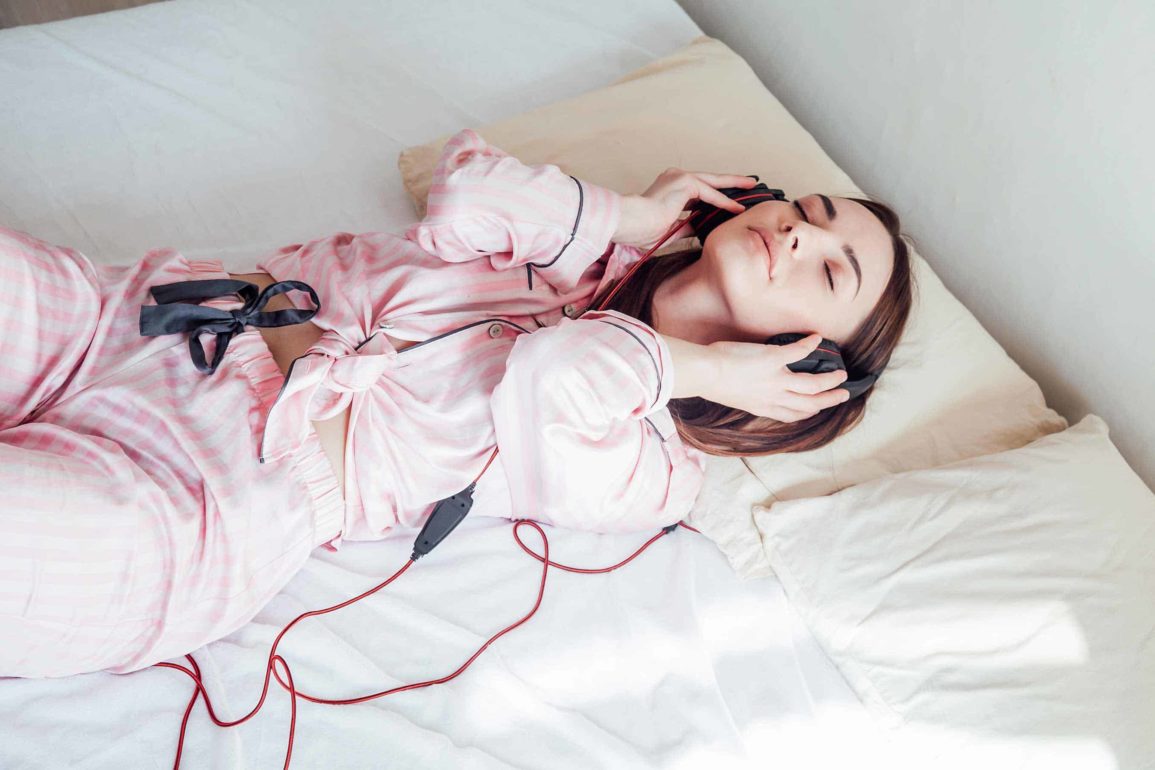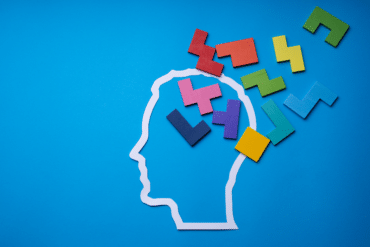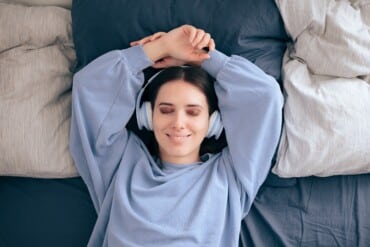When it comes to natural alternatives to sleep medication, the team here at Siestio is always striving to be on the cutting edge.
We’ve researched everything from supplements for tackling insomnia, to relaxing teas you can meditate with.
However, now there’s a new kind of therapy on the market for those of us who struggle to visit the land of nod.
Binaural beat therapy is an increasingly exciting form of treatment for sleep disorders that uses sound waves to transform the way that you rest.
While the amount of information on binaural beats is still somewhat limited, researchers are quickly discovering benefits. This kind of solution can help with treating stress to related disorders like sleep anxiety, even sleep deprivation.
Binaural beats go beyond the basic sound therapy of days gone by. Here we think of white and pink noise. These beats experiment with the way that different sounds have an impact on our brain waves.
Today, we’re going to introduce you to everything you need to know about tuning into a better quality of sleep, with binaural beats.
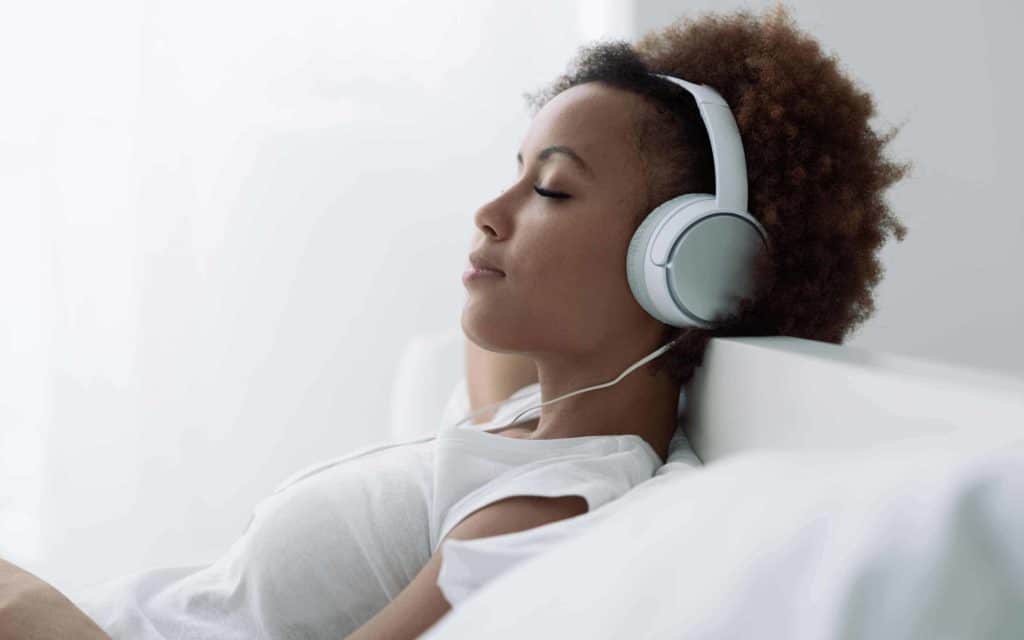
What are binaural beats? The basics
The first thing you need to know is that binaural beats aren’t a traditional form of treatment for sleep disorders. This solution is still considered “semi-experimental,” so we’d recommend asking your doctor before you begin experimenting with what you find online.
With that out of the way, let’s answer the question: “What are binaural beats?”
All sound, whether it’s music, or the noise made by your dog at 3am in the morning, has a frequency.
When you put on a set of headphones and listen to two different frequencies at the same time—one in your left ear, and one in your right—your brain compensates.
The result is a third frequency, which experts refer to as binaural beats.refer to as binaural beatsrefer to as binaural beatsrefer to as binaural beats.
Say you were listening to a sound in your right hear that was playing at 120Hz, and in your left ear, you have something that’s playing at 133Hz. Your brain will gradually fall into sync with the difference, offering up the middle 11Hz.
That means that instead of hearing two different tones, you hear a sound of 11Hz, as well as the other tones playing in each ear.
It sounds trippy — we know.
Binaural beats are referred to as a kind of auditory illusion. Importantly, for binaural beats study to work, the two tones that you listen to need to have a frequency lower than 1000Hz.
Additionally, the two tones in your ears can’t have a difference bigger than 30Hz.
Originally, the research into binaural beats was done for musical reasons, by artists who wanted to create a unique listening experience.
However, more recently, professionals have discovered that binaural beats could be the key to overcoming a wide selection of health issues too.

How do binaural beats work?
So, how do binaural beats work?
Well, according to a literature review conducted in 2015, the brain detects binaural beats when it’s exposed to two frequencies under 1000Hz.
The binaural beats that you create when you’re listening to two different frequencies at the same time is just your brain trying to compensate for the changes between one ear and the other.
So, your brain is trying to help balancing out the difference.
According to a study from 2018, listening to binaural beats for a certain period can improve your behaviour and your sleep cycles. The binaural beats change the way your brain patterns work.
According to the authors of the study, binaural beats resonate with five different categories of frequency in your brain, including:
Delta waves
Binaural beats with the delta pattern usually work with a frequency of up to 4hz.
Binaural beats study has revealed that this kind of brainwave assists in producing a dreamless and deeper stage of sleep. This was found using EEG scans.
Theta waves
If you want to achieve Theta waves, you need a frequency of between 4 and 7 Hz. Theta waves in the binaural beats environment can help to improve sleep in REM states and boost creativity too.
Alpha waves
Binaural beats between the frequencies of 7 and 13Hz usually encourage more relaxation and better relaxation levels.
Beta waves
Binaural beats in the beta pattern appear at a frequency of around 13 to 30Hz. This range of frequency helps to promote more alertness and concentration.
However, particularly high levels of beta waves are also responsible for causing feelings of anxiety and stress.
Gamma waves
Finally, this frequency pattern runs between 30 and 50Hz. Studies suggest that these frequencies help to maintain focus and concentration when you’re awake.
Before we continue check out these great products on Amazon.
Binaural beats benefits: From healing to sound sleep
As mentioned above, the research that we have into binaural beats is minimal at this stage. We don’t know much about how different brain waves and frequencies affect our behaviour.
Binaural beats studies are beginning to indicate positive results when people listen to certain frequencies.
For instance, the right kind of binaural beats for sleep can help you to relax by inducing a deeper state of sleep. It can also be increasing relaxation and reducing stress.
Binaural beats are being used to support everything from depression and anxiety treatment to people who need help fostering positive mood. Also recently in pain relief strategies.
We already know that regular meditation helps to reduce feelings of anxiety and stress. As well as reducing the heart rate and and often lowering the risk of things like memory loss and brain aging.
Whether you’re having a hard time with your sleep, your mood, or your concentration, most doctors will often recommend investing in some manner of meditation.
However, binaural beats between the frequencies of 1 and 30Hz are also alleged to create the very same brain wave patterns that people can achieve during periods of mediation.
When you listen to sounds with a specific frequency, your brainwaves synchronize accordingly.
Because of this, experts theorize that binaural beats can help to create the exact frequency needed for your brain to create the waves commonly experienced during a practice of meditation.
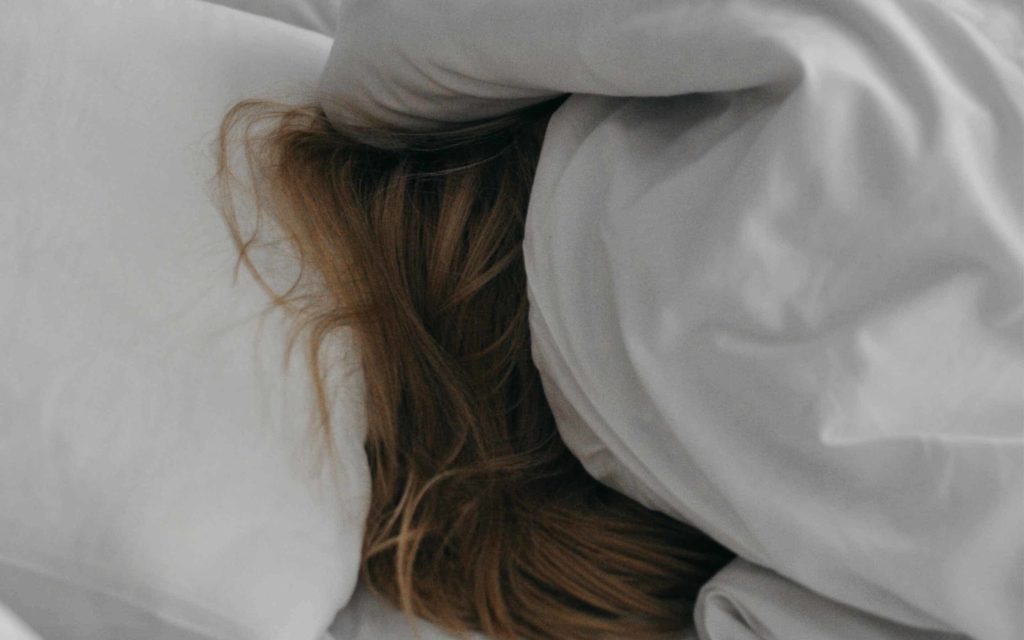
The impact of binaural beats on sleep
So, how do binaural beats affect your sleep?
Well, to understand that, it’s important to know that your brainwave activity throughout the various stages of sleep is very different to the activity that you experience when you’re awake.
The only exception to that rule is REM sleep. In REM sleep your brainwaves mimic the kind of activity that you’re used to when you’re awake.
During periods of non-REM sleep lower-frequency delta and theta waves dominate your brain. Beta and alpha waves that are more common when you are awake.
Binaural beats study shows that slowing brainwave activity and producing more low-frequency waves for your brain, is likely to improve relaxation and sleep.
Additionally, experts have also found that binaural beats exposure can encourage changes to the various hormones in your body. Optimal hormone regulation is crucial to sleep and wellbeing.
The relevant hormones include:
DHEA
A hormone that helps to produce the other hormones in your body as they’re needed. This substance is crucial to immune system functioning, and it also helps to suppress cortisol when you’re sleeping.
Since cortisol promotes alertness and stress, DHEA helps to eliminate this hormone when you don’t need it.
Cortisol
Binaural beats also affect cortisol levels directly. Cortisol levels often rise and fall according to your circadian rhythms, reaching peak levels in the morning so that you can be active for the day.
Insomnia is often associated with high levels of cortisol. However, studies find that binaural beats cause cortisol reduction in up to 70% of participants.
Melatonin
This is the hormone for promoting and regulating sleep.
Melatonin levels can rise and fall dramatically each evening.
With exposure to the right binaural beats, the average increase of melatonin in 73% of patients was more than 97%.
Binaural beats study of pain
A lot of people suffer from physical pain, particularly enhanced in the evening.
Aside from potentially promoting the way that sleep-inducing hormones in your body work, binaural beats also have the potential to reduce the way that we respond to feelings of pain.
A study conducted in 2017 found that binaural beats combined with visual stimulation helped patients to overcome their feelings of acute pain. Additionally, further research indicates that binaural beats can help with chronic pain too.
Binaural beats have an impact on everything from chronic pain to stress and relaxation. This means that this kind of therapeutic treatment could be ideal for creating comfortable sleeping experiences.
The science: Binaural beats study and research
The information we currently have on binaural beats and their abilities to help pain and relaxation are limited. But so far, the studies that have been conducted, are largely positive.
There are several pieces of research out there that provide good evidence. If you get the right kind of auditory illusion, it can have significant health benefits. This particularly when it comes to dealing with sleep disorders and anxiety.
In one blind study of only 29 participants, the research found that listening to binaural beats within the Beta wave helped to improve their performance, when it came to completing a specific task.
The same people also said that they felt more positive throughout the day when listening to Beta waves. The participants was also listening to beats in the delta and theta wave sections, but not with the same good results.
In another binaural beats study into around 100 people, the researchers looked into people about to undergo surgery. The participants were more likely to feel nervous without binaural beats benefits.
The people listening to the binaural tones felt less anxiety and were more comfortable going into their operations. Anxiety levels were cut in half.
One study looked into participants that were asked to relax in a quiet environment after a session of exercise. The groups that were given theta-frequency binaural beats to listen to, showed an increase in parasympathetic activity. Their nervous system had spent more time in relaxation and rejuvenation mode.
Listening to Binaural beats every day
Elsewhere, an uncontrolled study asked adults to listen to delta wave and beta wave frequencies for a total of 60 days.
In this study, the participants were given surveys asking about their quality of life and moods before and after the 60 day period.
The people listening to the binaural beats said that they had an improved quality of life and less anxiety overall.
One study even found that participants reported a highly improved quality of sleep and a better mood after waking when they used delta waves during sleep for a period of eight weeks.
There’s even a larger and more recent study that was both controlled and randomized that’s often referred to when talking about binaural beats benefits.
This research examined 291 patients admitted to emergency rooms in a hospital. The researchers found massively reduced anxiety levels in patients listening to binaural beats.

What are the best binaural beats for sleep?
So, when it comes to improving your sleep, what kind of binaural beats do you need to be thinking about?
Well, the answer to that question can depend on a number of factors.
Still, most experts agree that listening to delta-based binaural beats can usually help you to access a deeper and higher quality of sleep.
If you want to get into the deep sleep dreamless state, you need delta wave frequencies. At these frequencies you do most of the repairing and rejuvenating that you need for the next day.
Keep in mind that using binaural beats for sleep doesn’t just mean encouraging deeper sleep with delta waves either. You can also use the same technology to help you relax when you’re struggling to fall asleep.
With binaural beats to help you relax, you can eliminate problems like being in the flight or fight mode. This is where you feel panicked and overwhelmed, when you’re lying in bed.
It’s often also a good idea to consider a combination of theta and delta waves if you want to examine binaural beats sleep benefits for yourself.
Binaural beats therapy can also be used in conjunction with mindful meditation to assist with your sleep sessions.
In order to get into the right state for meditation, you need to calm a crucial part of your brain known as the posterior cingulate cortex.
This is what scientists call the default state source of the brain – the non-focused state when you allow yourself to relax.
It turns out that binaural beats can calm that part of the brain and encourage a more in-depth period of meditation.
How to experiment with binaural beats
For the most part, binaural beats are a very safe way to experiment with curing your own issues with insomnia.
You can even find various forms of sleep tech that will help you to discover the advantages of sound-based therapy for yourself.
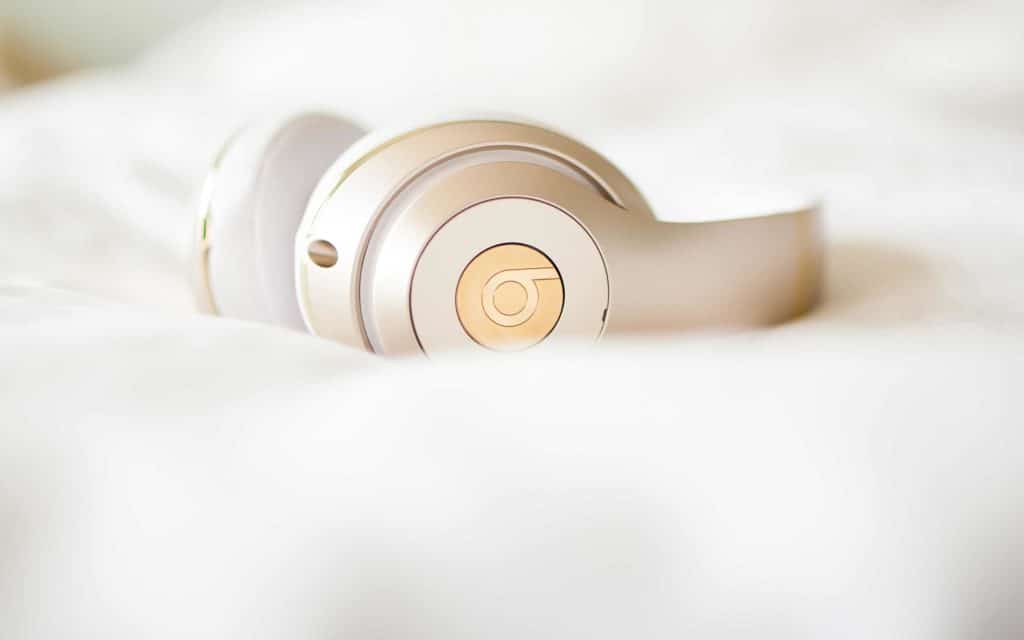
You can find plenty of binaural beats audio files online with Apple Music, Spotify, and YouTube. Remember to stick with something that has a frequency of less than 1000Hz. Then decide what kind of binaural beats you want.
Remember:
Delta wave (1-4Hz) is best for relaxation and deep sleep.
Theta wave binaural beats (4-8Hz) are better for REM sleep, relaxation, and reduced feelings of anxiety and stress. They can also help with meditation.
Alpha frequency binaural beats (8-13Hz) can also help with relaxation and promoting feelings of positivity, reduced anxiety, and relaxation.
Beta frequency waves (14-30Hz) are usually linked to increased concentration and higher levels of alertness — perfect for waking up on a morning.
When you’re ready to put your binaural beats to the test, find a comfortable place where you’re not going to be distracted.
Listen to your chosen audio for a period of about 30 minutes. Either listen before sleep or when you wake up, if you need a boost.
You can experiment with exactly how long you want to listen to binaural beats to find out what’s going to work best for you.
For instance, if you experience high levels of stress and anxiety, then you might want to listen to your beats for a little longer.
Instruction in binaural beats for sleep
Always use headphones
You need different frequencies in each ear for binaural beats to work. That’s not going to work if you’re just using a speaker.
Make sure that you’re listening to the right beats
Remember that different frequencies can produce different outcomes. You’ll need to experiment with different sounds to ensure that you’re getting the results that are suitable for you.
Give yourself some time
Remember, like most forms of alternative sleep therapy, binaural beats aren’t going to transform your brainwaves from the moment you use your headphones.
You’re going to need to give the strategy some time and space to work.
Should you try binaural beats for sleep?
Binaural beats therapy is still a relatively new form of alternative treatment for insomnia and other sleep disorders. As with any self-help tool, it’s always important to speak to a healthcare professional. Thereafter you can determine whether this kind of therapy is right for you.
Your doctor may want to conduct a sleep study first. Then they will be certain there’s nothing else that could be causing your sleep disruptions, such as problems with sleep apnea, for instance.
Your doctor might also suggest trying something different first. Maybe combining binaural beats with other forms of therapy, like guided relaxation and CBT for insomnia.
The good news is that although the research into the question “Do binaural beats work?” is limited, there’s a lot of positive information. The existing studies highlights the benefits of listening to different frequencies.
Additionally, there haven’t been any negative side effects reported by people trying binaural beats so far.
If you’re given the go-ahead to try binaural beats, then all you need is the right audio and a pair of headphones.
Trying out binaural beats could be a great way for you to take your sleep strategy to the next level.
Siestio. Sleep Matters.
Medical disclaimer
You must not rely on the information provided on our website as an alternative to medical advice from your doctor or other healthcare professionals. For more information read our full disclaimer here.

